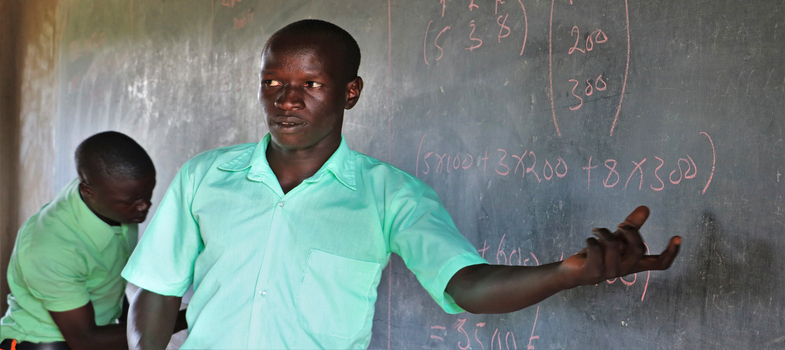Project-based learning
Project-based learning engages individual or groups of learners in a design-research implementation process culminating in the public exhibition of a final product , such as a publication, artwork, service, object, etc. During this process, learners make multiple drafts and try-outs, learn to make choices and how to demonstrate the concepts and skills they have acquired. In agreement with the teacher, learners can choose any kind of project provided it is related to the curriculum and to a real life context.
Doing project-based learning, learners become motivated and self-directed critical thinkers and problem solvers, able to research and integrate knowledge from various sources and disciplines to acquire lifelong skills.
Execution
Watch the video below and learn in 5 key steps how to integrate Project-based learning:
Overview of key steps:
- Define to project selection criteria (lesson planning)
- Guide learners in designing and planning each step of their project and support them to define their project goal and final product (lesson delivery)
- Guide learners in the research and implementation phases (lesson delivery)
- Organise feedback sessions on planning, progress, problems, solutions, etc. (lesson delivery)
- Organise an exhibition where all final products are presented to peers, academic staff, parents, community members, etc. (lesson delivery)
Methods/ Problem-based learning Methods/ Learning stations
